A common question in cargo and electric bike groups is, “How do I prevent flat tires on my heavy electric bike?” The follow-up question is often, “What do you carry on your bike to fix a flat tire?”
In this article, I will summarize what I have told 100s of people when selling a cargo bike or electric bike to help them avoid flat tires and have a plan for if they get one. Please ask any questions or share your thoughts in the comment section below.
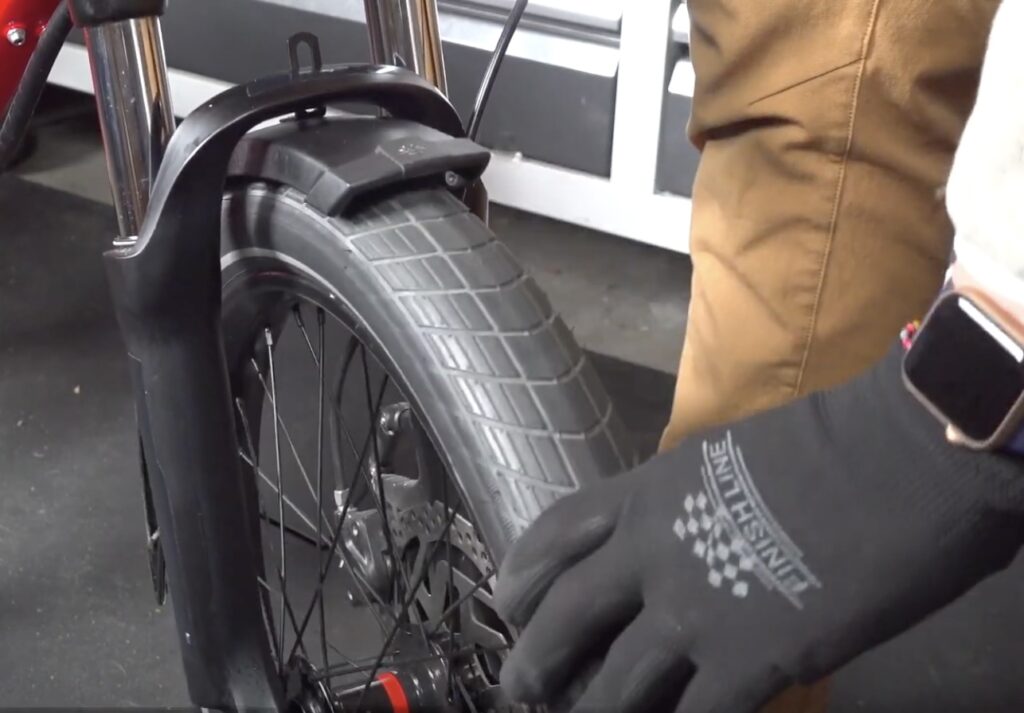
Tire Maintenance
The good news is you can do a few easy things to prevent flat tires!
- Keep your tires properly inflated. I check my tires every 1-2 weeks, depending on how often I’m biking. If you aren’t sure what your proper bike tire inflation is, check out this video.
- Check your tires for wear and debris. In some areas, you may get something called “goat heads,” which are thorns sticking in your tires, causing slow leaks. Thin pieces of metal and glass can also cause this. I carefully inspect my tires whenever I pump them up or if I rode through some terrible road garbage.
- Replace tires before they are too worn. You want to replace them before the tread wears down and the tread in the middle loses its grid. I personally prematurely replace my rear tire to help avoid flats.
- I run Slime in all my bike tubes, the part inside of your tires that holds the air, and install it on every new cargo bike or electric bike build. It helps prevent those slow leaks and can help clog holes in your tubes.
Use High-Quality Tires
Different tires have pros and cons, but I am a big fan of the Schwalbe Moto-X and Big Ben tires. I’ve used the Schwalbe Pick-Up, but the ride quality is terrible under load, so I prefer the Moto-X and Big Ben.
If you have a cargo bike with sub-par tires (like the Aventon Abound), I would recommend replacing the tires immediately.
Have a Plan for When You Get a Flat
You do not have to fix a flat if you don’t want to, and there is no shame in it. For most customers, I recommend that they make a plan for every ride or route when they first get started to avoid being stuck.
Examples of game plans:
• AAA works in many states and will bring your bike to the shop. In Colorado, I recommended every customer sign up!
• Spouses will pick them up
• They know a friend with a pick-up
• You lock up your bike and come back for it
• You have a public transit card in your wallet
• You know the friend that has the minivan with the car seats your kids need
Personally, I’m typically solo parenting, and my wife has a demanding job that she can’t leave. When riding with small children, it isn’t as simple as catching an Uber since they don’t have car seats. I know 3-4 friends I can call that have the car seats we need, I know the bus schedule, and we can always walk the 3-4 miles home, worst case scenario. If we are riding further away from home, or I’m on a trip where I don’t know anyone, I will only then carry a full tool kit to be able to service my bike on the side of the road.
Basic Tools to Carry Even if You Don’t Want to Change a Flat
For every cargo bike I sold, I would ask the customers, “Where are you on the range of wanting to fix a flat tire on a car?”
Scenario 1: If they said they knew how and would do it, we would schedule a time to teach them to fix a flat on their cargo bike.
Scenario 2: If they said they call roadside assistance, we would switch gears to cover basic tools they could carry.
Do you remember that Slime I recommended you install in tire maintenance? Well, it works like a run-flat, and sometimes, you must add air to help it work. Pull out whatever small thing gave you a flat, rotate the tire so the hole is on the bottom, add air, and spin the tire slowly. The Slime will often clog the puncture, and you can be on your way. Sometimes, the hole will turn into a slow leak, but you can ride slowly home or to the store for them to help you with the flat.
I carry on every bike ride: basic gloves because the wheels are dirty and a solid bike pump.
|
|
$9.95
|
|
Description: My favorite bike pump for electric bikes and cargo bikes. It folds out into a small floor pump to add air to large volume bike tires quickly. They make multiple versions of this pump and this is the smallest version to make it easy to keep in your bag. |
Description: These are my goto workshop gloves but also what I carry in all my flat kits to avoid getting grease on my hands. |
My favorite bike pump for electric bikes and cargo bikes. It folds out into a small floor pump to add air to large volume bike tires quickly. They make multiple versions of this pump and this is the smallest version to make it easy to keep in your bag.
These are my goto workshop gloves but also what I carry in all my flat kits to avoid getting grease on my hands.
Final Thoughts
There are situations I do worry about flat tires, but it is typically out in the wilderness where cell phones don’t work. You will be good to go for everyday cargo biking or electric bike rides, with basic tire maintenance, a game plan, and basic tools!
What tips do you have for fellow riders? Let us know in the comments.

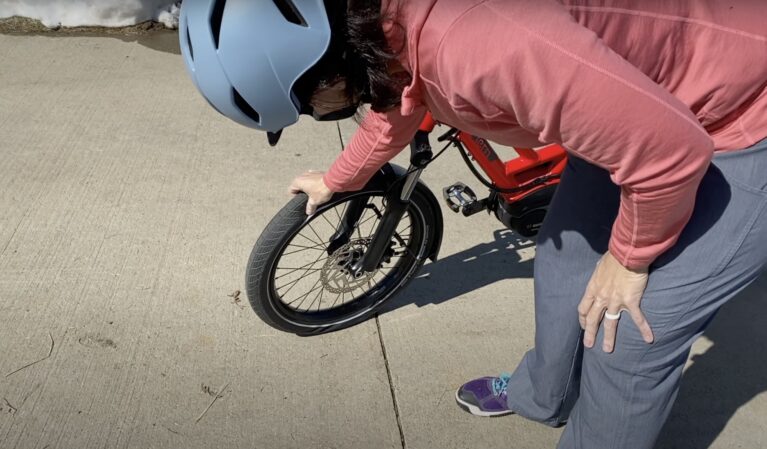

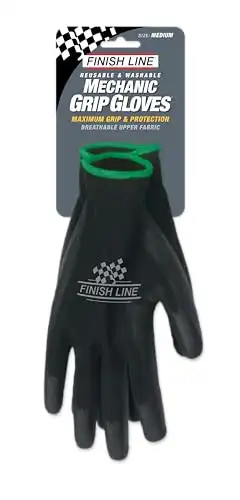
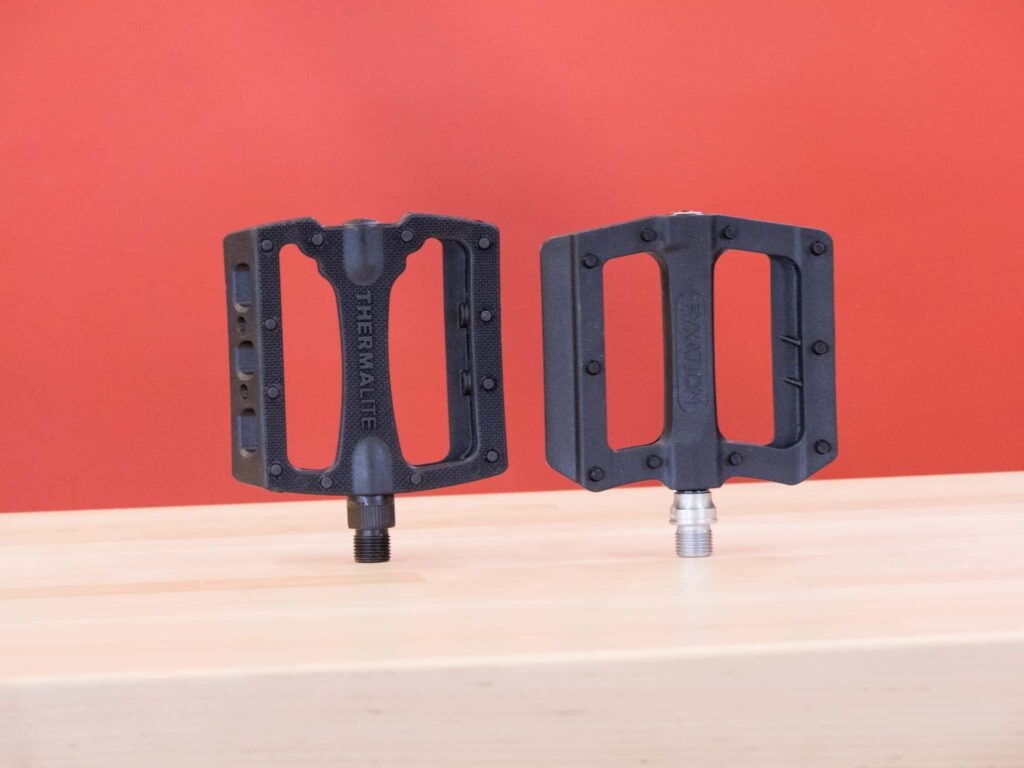
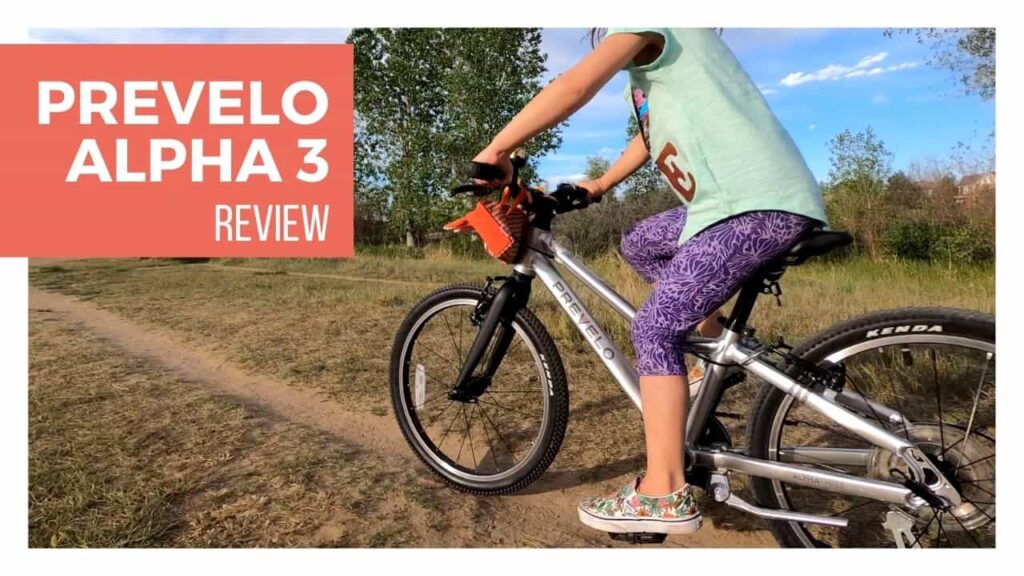
Woohoo tyre slime rules, I’ve never had to fix a flat in the field, even in the worse situations where I’ve been unable to remove the thing causing the puncture, I’ve just added more air and the slime has sealed the hole enough to get me to my destination and fix it properly.
Personally I carry a battery powered pump because I’m lazy and hate kneeling in the mud to pump up a tyre and I also carry a super cheap, basic patch kit to repair the tube if really necessary. I even carry a spare tube but haven’t needed it in 14,000km.
I’ve heard that AAA is anti-cyclist…opposing bike infrastructure.
I use Better World Club instead of AAA for my car and I add on bike support. I’ve never had to use it for either so I can’t speak to service.
In Colorado, they were actually advocates for biking.
Oh, I am loving your blog!
VT, and probably other states, has a cool free program to encourage commuting alternatives to the single passenger vehicle. Since one barrier identified is fear of not being able to get home in an emergency or something, you can sign up for a “guaranteed ride home”. If you get a bike flat or other mechanical, you are ill, or the weather is just too bad to bike home you an be reimbursed up to $70 for a trip home via taxi, uber, rental car, friend, etc. I haven’t actually used it but it does give some peace of mind. We don’t have a lot of taxis or ubers, but I am pretty sure I could find someone to drive me and the bike 12 miles for $70.https://www.connectingcommuters.org/programs/guaranteed-ride-home-benefit/
I’ve not had a flat in many years now and I’m not a fan of flat out/ slimes that you put into the tube. I have heard half decent reports from riders using tubeless tires though.
I am a big fan of “Schwalbe Marathon Flatles tires” and there E-Bike tires. Most hi end European E-Bikes use this brand.
I use to preach to our bike club members on how to prevent 99% of flats and it goes like this
1-buy quality tires
2-Keep tires inflated to the pressure marked on the sidewall and pump them up once a week
3-take 5 minutes to inspect your tires at the end of each ride. Often you can see or feel a shard of glass or wire and remove it with needle nose pliers
4-Ride at least a meter from the curb where most of the road debris wind up
5-Avoid broken glass like it’s C19
6-If you are forced to ride through it, stop ASAP and inspect your tires for pieces that may be stuck to the tread but haven’t penetrated to the tube yet
7-Practice changing your tire, it’s not rocket science, there are 100’s of YouTube videos with all sorts of neat tips.
8-Don’t over inflate especially on hot days
9-Aways carry 2 spare tubes and an air pump or co2 cartridge for tha 1% of the time when you do get a flat
10-obey rule #1
E-bikes are heavier than regular bikes, so you need to be able to support them when you’re changing or repairing a flat.
Some people carry a length of rope so as to partially suspend the bike when removing the wheel with the flat. E-Bikes with mid mount motors ( where the pedal cranks are) the bike wheels come off just like a regular bicycle. If you have a rear hub motor you will need to disconnect 2 control wires/cables that are usually clearly marked and often a thick washer that has a bent dog leg that keeps the motor and frame connected. Some people carry small tripods so that if they flip their bike upside down to work on it, it will support the handle bars off of the ground by a couple of inches
This is where that practice in taking your wheel off and removing the tire comes in to play. I have seen situations where the wheel is not removed but rather the flat tube is gently pulled out and air is inflated to find out where the hole is, a patch is installed and the location on the inside of the tire and the outside is closely inspected for the culprit piece of what ever caused it. Over the years I have fixed or helped hundreds of flatted out riders myself included and in 90% the cause of the flat is visible.
Good luck and hopefully along with a prayer you and I won’t have a flat, now to find a pc of wood and touch it 😀